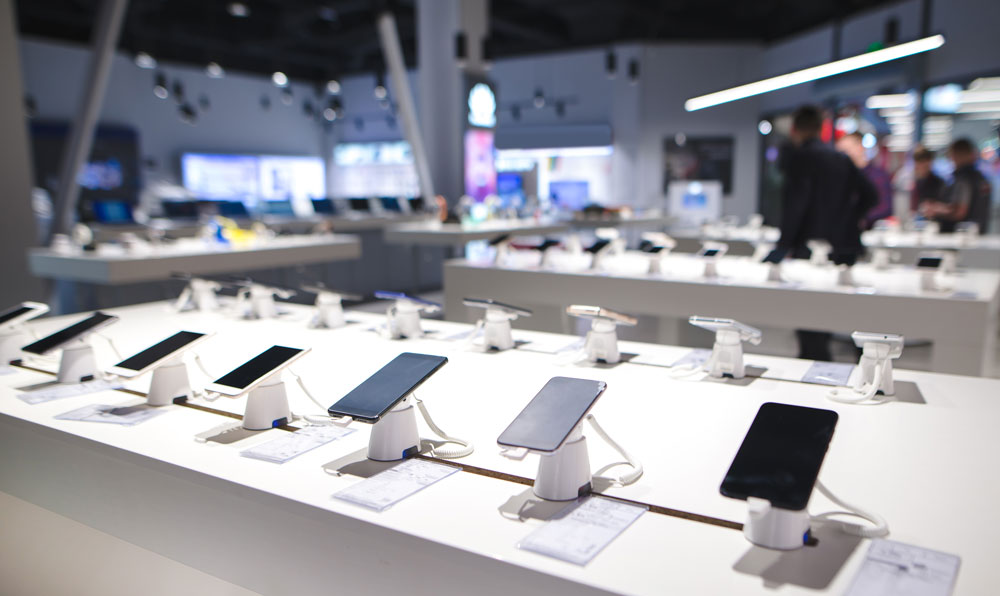After more than a year of confinement, quarantine entries and exits, the global consumer has been changing its habits, customs and ways of buying.
No one is indifferent to the fact that we are experiencing a major digital revolution, accentuated and accelerated by a pandemic year. Many companies were forced to jump into a new digital space or transform their business models.
Last-mile applications, new service technologies, and new ways of relating to each other have gone hand in hand with the challenge of generating rapid technological adoption by all types of businesses, especially in one key industry: retail.
A productivity challenge
According to a McKinsey study, 51% of working hours are spent between information search and data analysis processes. An alarming figure when we talk about sales-floor and mass consumption, where time and agility are critical.
Digitalization and advances in e-commerce have created the need to improve processes within physical stores to respond to the new and rapid demands of consumers. However, the reality seems to be very different.
Even large retailers or relevant store chains still have processes based on traditional and linear forms of communication. For example, they manage their incidents through e-mail or instant messaging to the areas in charge and use physical control forms.
Although this traditional way of working may be widely used, it is far from efficient. It generates incidents, late solutions to daily requirements of the store operation and does not respond to the demanding and digital consumer we face today, directly affecting satisfaction and customer experience indexes, among others.
Towards a new retail
According to the same study by the previous consulting firm, at least 30% of the activities performed at the data compilation and processing level can be automated, which translates into a substantial improvement in the execution time of tasks and incidents.
The transformation of physical stores requires a significant technological and automation component. It needs to leave behind the traditional forms of retail sales to digitize all processes, from the supply chain to the implementation of commercial actions in stores.
It is essential to consider that the automation of retail processes positively affects the productivity of store workers and allows detailed monitoring of operations, and above all, generates indicators that are of great value to the business.
Implementing an automation platform such as Storework enables companies to track in real-time all incidents in physical stores and from anywhere in the world. In this way, the central offices can control any problem in the chain and solve it quickly.
These incidents are also stored in the form of data, generating reports on problems, frequencies, areas and automating future improvements, among other solutions.
In the face of this digital transformation, the new retail must evolve its processes towards sales-floor that generate an omnichannel manifestation of its brand, with efficient and seamless management for its employees and customers.













